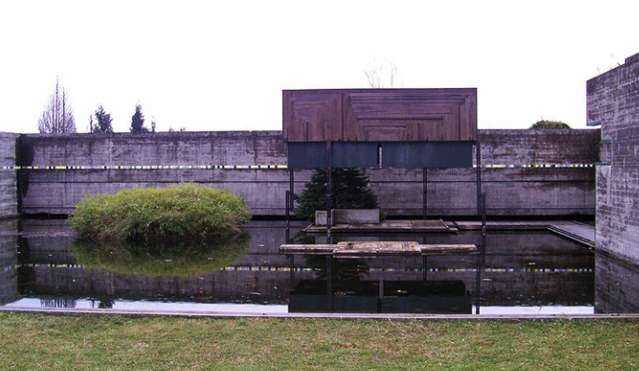Carlo Scarpa was an Italian architect known for his innovative and intricate designs that seamlessly blend the old with the new. One aspect of Scarpa’s work that often goes overlooked is his landscaping creations, which are just as breathtaking and thought-provoking as his architectural designs. Let’s take a closer look at some of Scarpa’s most notable landscape projects and explore their timeless beauty.
A Closer Look at Scarpa’s Landscapes
Scarpa’s landscapes are characterized by their attention to detail, delicate balance of elements, and reverence for nature. Each project is meticulously crafted to create a harmonious relationship between the built environment and its surroundings.
Scarpa’s use of materials such as stone, water, and vegetation is masterful, creating a sense of tranquility and serenity in each of his landscapes. His designs often incorporate elements such as reflecting pools, cascading waterfalls, and geometrically shaped plantings that evoke a sense of balance and order.
Notable Landscape Projects
One of Scarpa’s most famous landscape projects is the Brion Cemetery in San Vito d’Altivole, Italy. The cemetery features a series of interconnected courtyards and paths that lead visitors through a journey of contemplation and reflection.
Another notable project is the Fondazione Querini Stampalia in Venice, where Scarpa designed a stunning garden that seamlessly integrates with the historic building. The garden features a series of terraces, water features, and plantings that create a peaceful retreat in the heart of the bustling city.
Exploring Scarpa’s landscapes is a truly unique experience, as each design showcases his unparalleled talent for creating spaces that are both ethereal and grounded in reality. Whether you’re wandering through a secluded garden or admiring a cascading waterfall, Scarpa’s landscapes are sure to leave a lasting impression on all who visit.
In conclusion, Carlo Scarpa’s landscapes are a true testament to his mastery of design and his deep appreciation for the natural world. By exploring these timeless creations, we can gain a deeper understanding of Scarpa’s vision and the profound impact that his work continues to have on the world of architecture and landscaping.

